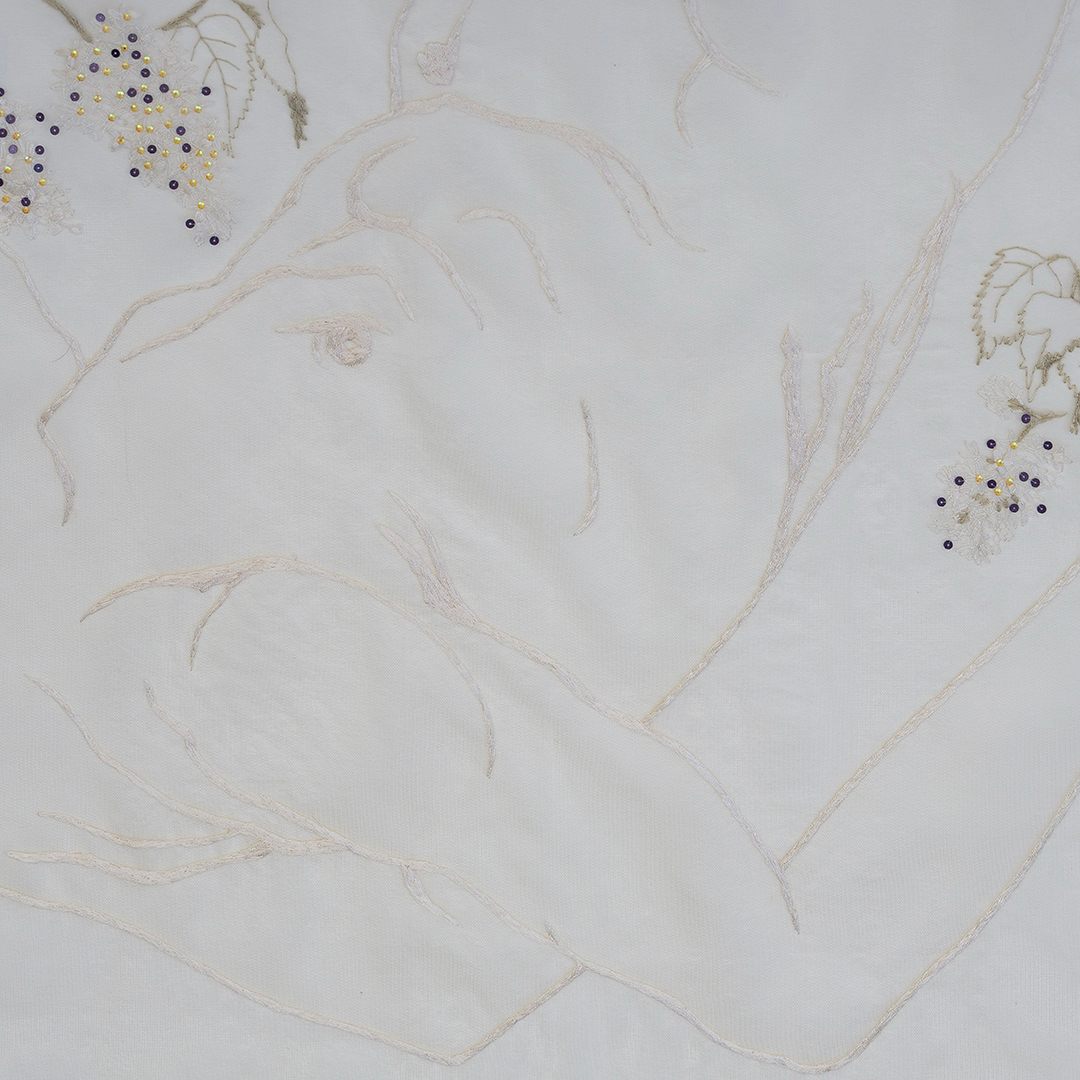Flores Poloniae
Elisa Markes-Young
This body of work explores representations of the male body in Polish visual culture, examining its political, religious, and moral significance from the Polish People’s Republic to today.
Male nudity has long been shaped by mechanisms of power and control, making it both a symbol of patriarchy and a site of resistance. While the female nude was widely accepted in Polish art, the male nude was viewed with suspicion, censored unless it served as a patriotic allegory.
Unlike in Western Europe, Polish art rarely depicted nudity outside of mythological or historical themes. Without such justification, the naked body was considered inherently sexual, even obscene. By the 19th century, nationalistic painting further limited space for the nude. When male nudity did appear, it had to embody strength, heroism, or national pride. This paradox - where the male nude was both the most official and the most subversive of genres - made it a target of censorship.
After 1945, socialist ideals dictated that the only acceptable male nude was that of the worker, farmer or athlete. Artists who depicted male vulnerability - particularly women and queer artists - were marginalised. Their works, which portrayed the male body as fragile or broken, challenged both patriarchy and nationalistic ideals.
The series’ title references Kwiaty polskie (Polish Flowers), Julian Tuwim’s epic poem on Poland’s history and struggles. The embroidered flowers in this work, chosen for their folk and religious meanings, connect this exploration of masculinity to deeper cultural narratives.
This series of work was made for The Bachelor, a group exhibition curated by Andrew Nicholls for Art Collective WA. View the work
Contact Us
Phone: 0421 974 329 (Chris)
Email: write to us!
Newsletter: Subscribe
Web: zebra-factory.com

